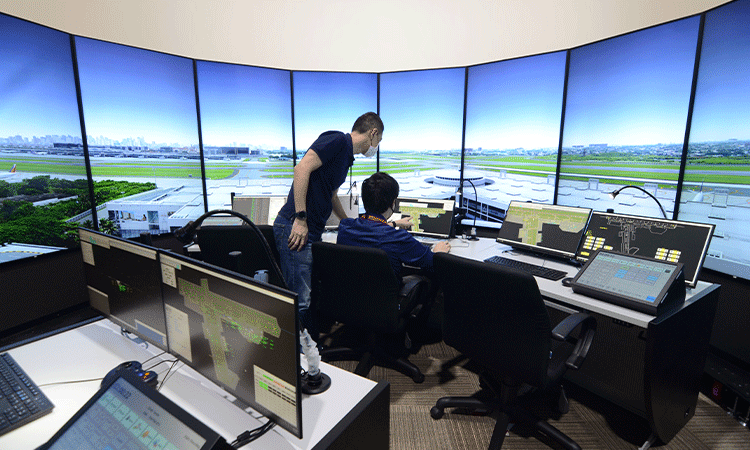


Pilots with heavy accents can frustrate air traffic controllers.Īlthough English is the official language of aviation, not all pilots speak it well.
Reddit atc manual#
Controllers call the manual their "bible," study it during training, and review it regularly to keep apprised of any updates and additions.
Reddit atc code#
The phonetic system is spelled out in detail in the FAA Order 7110.65 manual, along with other key code words, phrases, and procedures. This phonetic alphabetic and numerical system, which replaces letters (A to Z) and numbers (zero to nine) with code words, minimizes confusion and misunderstandings between air traffic controllers and pilots.įor example, controllers say “bravo” instead of the letter “B,” “Charlie” instead of the letter “C,” and “niner” instead of the number “nine.” (Theories explaining the origin of the code word “niner” differ, but aircraft enthusiasts speculate that the extra syllable differentiates it from the German word for “no” or distinguishes it from the pronunciation of the number “five.”) Air traffic controllers also have their own slang and, for instance, use the phrase “souls on board” to refer to the number of people on a plane. Pilots and air traffic controllers around the world must speak English to communicate (it's required by the International Civil Aviation Organization), but they also have their own flight-related language. Air traffic controllers have their own lingo. The FAA requires that applicants be 30 years old or younger when they apply to the job, and controllers must retire at age 56, before most of them experience any age-related mental decline. But no matter how they enter the profession, they must have good vision, a sharp mind, and the ability to think quickly and clearly under pressure. Some air traffic controllers begin their careers in the military, while others apply to the FAA’s Air Traffic Control Academy. Age is a major factor for air traffic controllers. Then the approach controller takes the reins, followed by a tower controller who guides the plane’s landing. When aircraft reach an altitude above 18,000 feet, the route center controller takes over, using radar to guide aircraft at cruising altitudes until the plane begins its descent. These TRACON controllers usually control the plane during its ascent and descent from the airport. The aircraft then becomes under the control of the approach controllers ,” he told the website Art of Manliness. “The typical tower controllers get the planes from the gate to the runway and then airborne to within five or so miles of an airport. However, many controllers toil at either a Terminal Radar Approach Control ( TRACON) facility or at a route center, which may be located far away from an airport.Īccording to air traffic controller Chris Solomon, who controls planes for the military, controllers in each of the three types of facilities have different responsibilities. When you imagine an air traffic controller, you probably envision someone working in a tall glass tower at an airport. A shot of an airport traffic control tower.


 0 kommentar(er)
0 kommentar(er)
